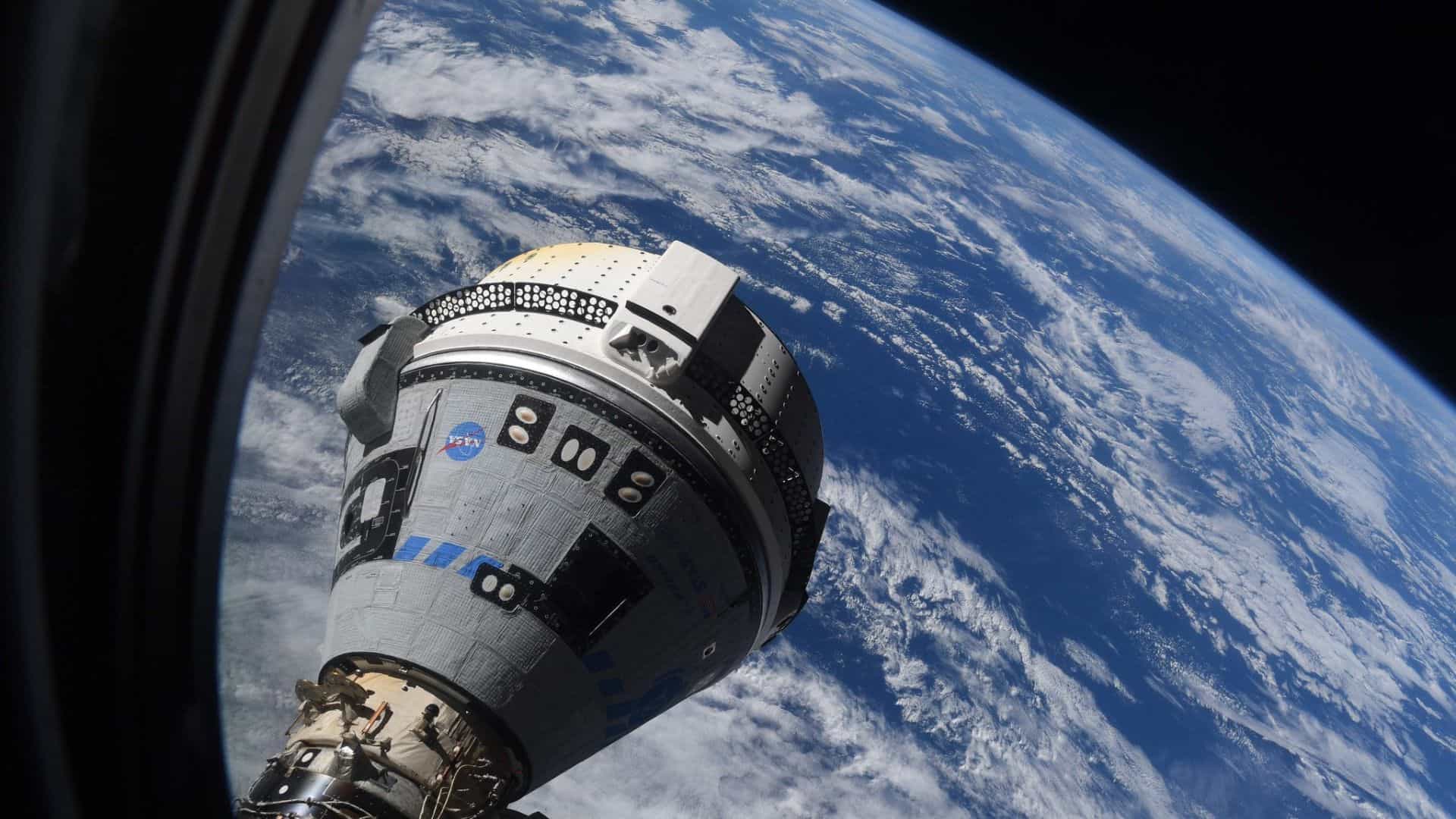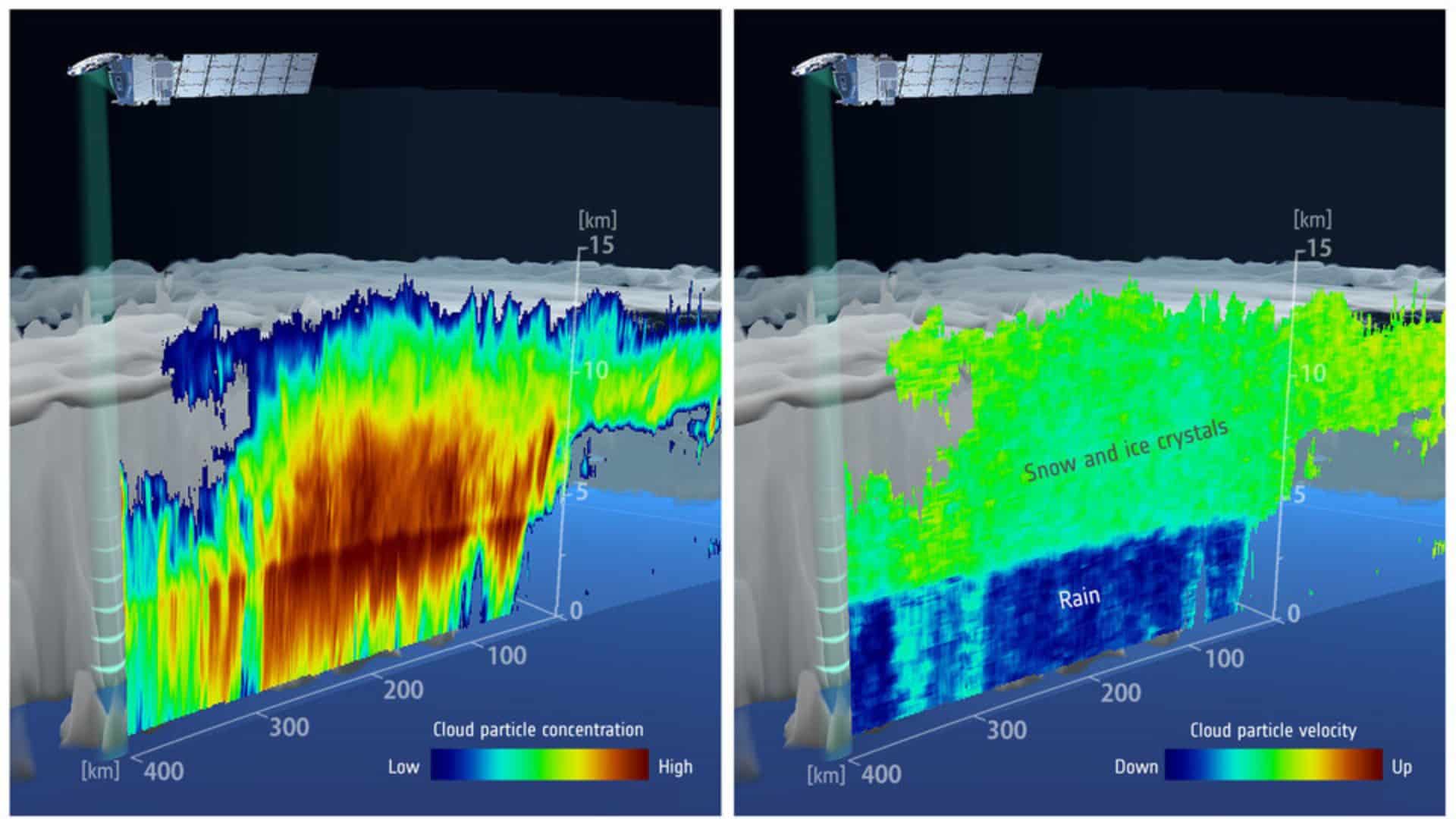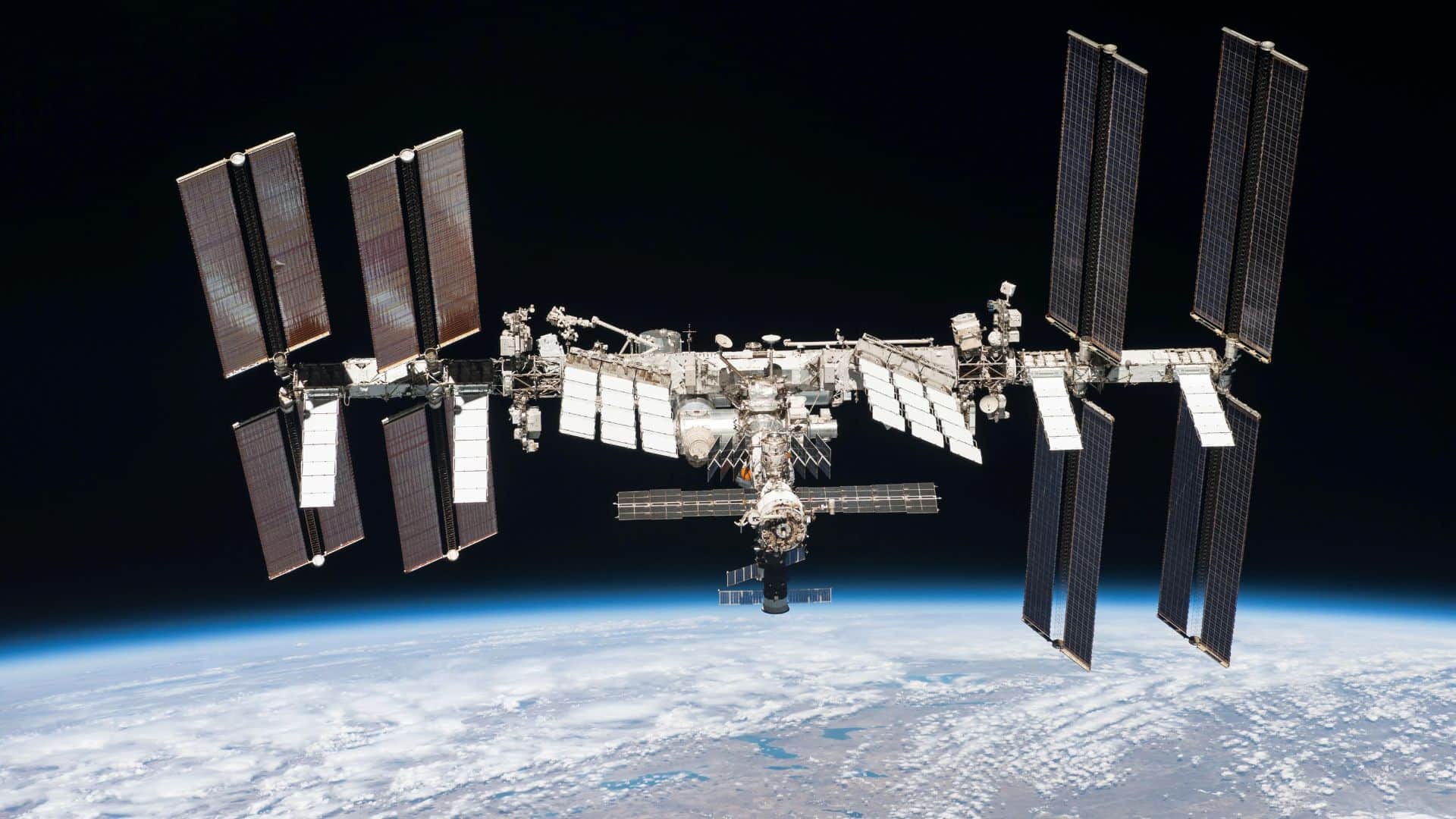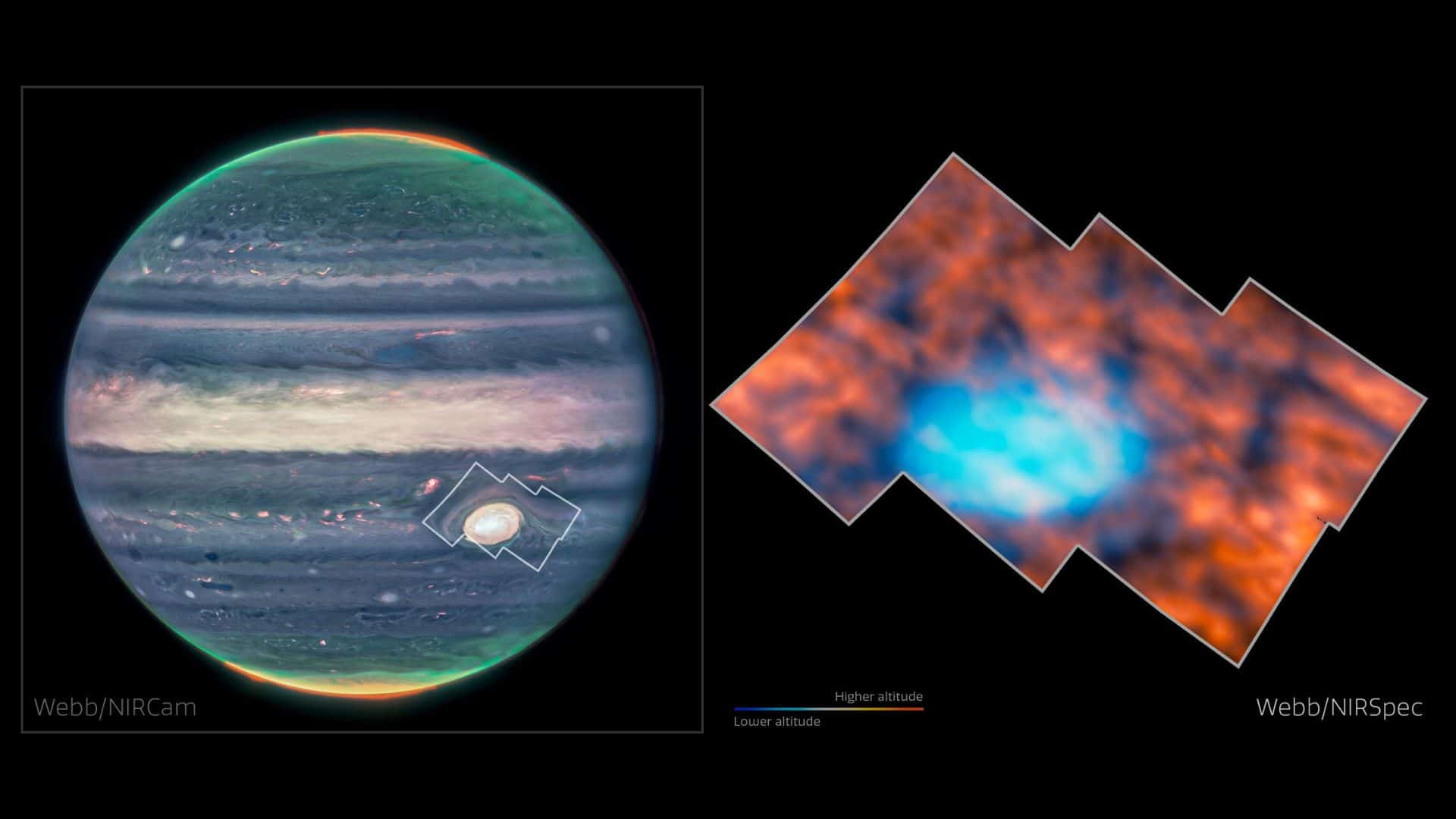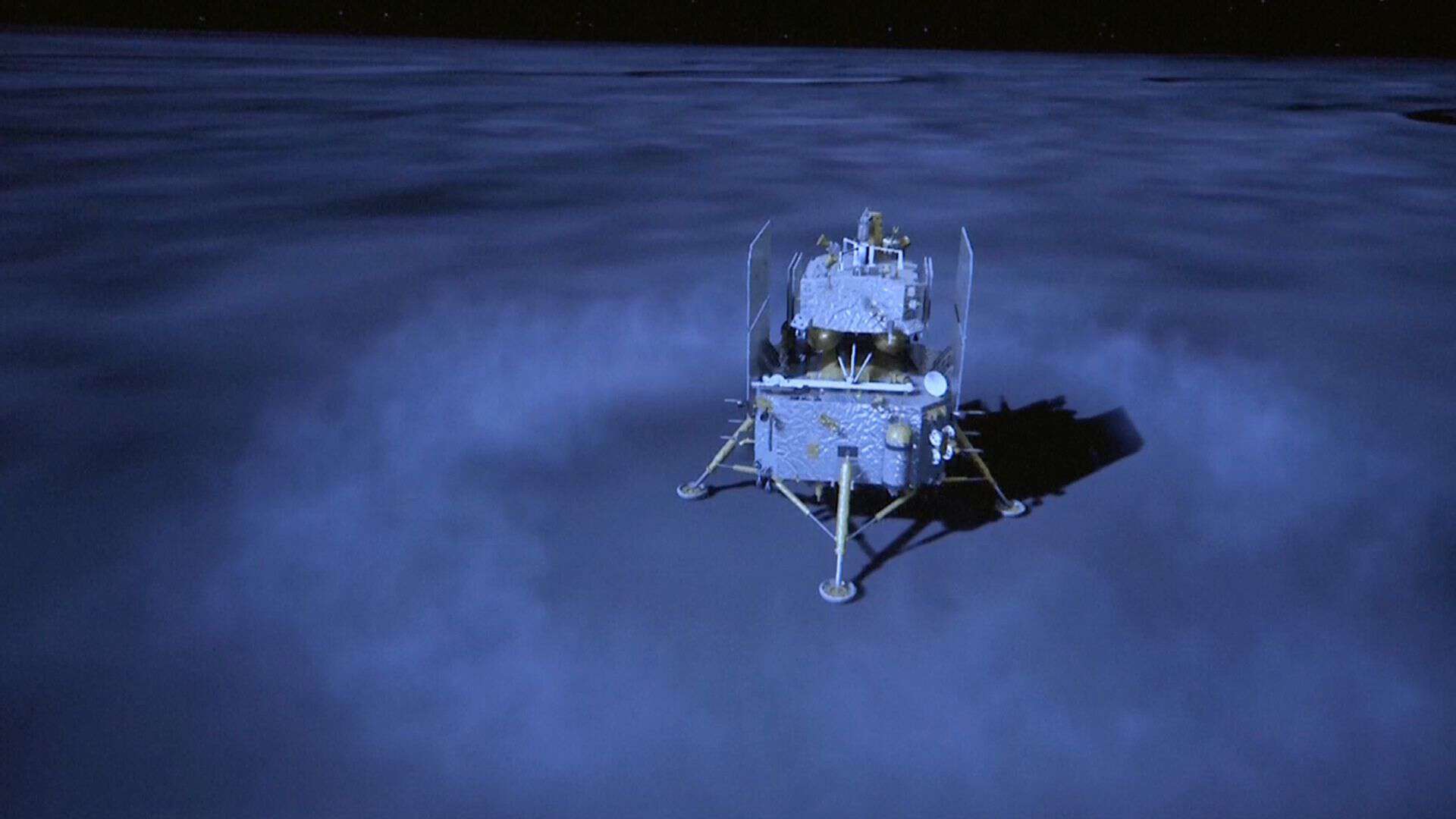
China’s Chang’e 6 spacecraft has landed successfully on the far side of the moon on June 1, 2024, at 6:23 p.m. EDT (22:23 UTC) to collect lunar rocks and soil. The Chinese space agency CNSA announced it shortly after landing.
The spacecraft made its soft landing at the southern part of the 490-km-diameter Apollo crater in the South Pole-Aitken (SPA) basin on the far side of the moon as planned.
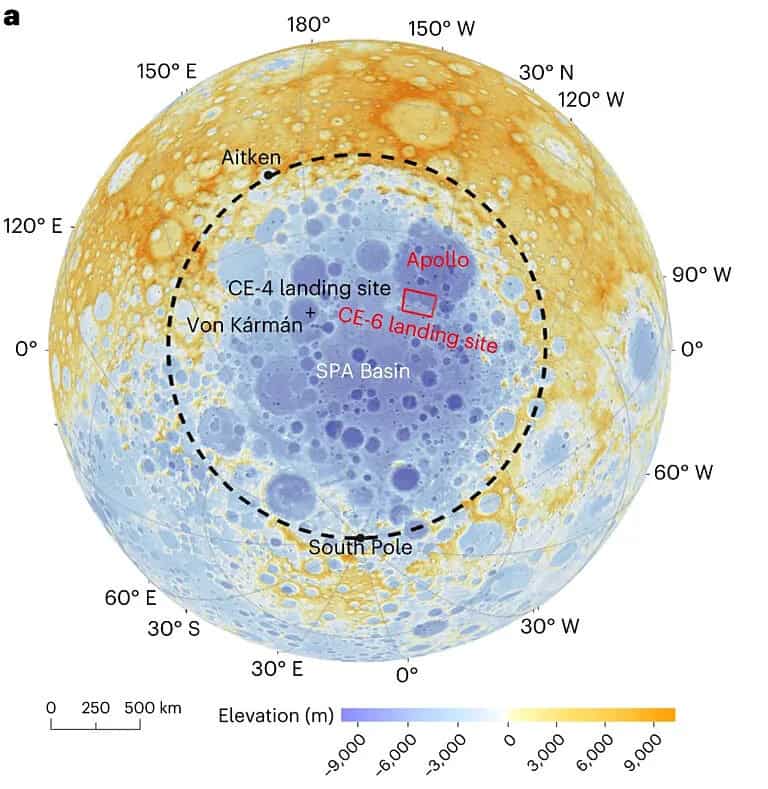
We always see the same side of the moon due to tidal locking with the earth. The side of the moon that is seen from the earth is called the near side of the moon and the side of the moon that can’t be seen from the earth is called the far side of the moon.
Chang’e 6 is the second Chinese spacecraft (after Chang’e 4) to land on the far side of the moon and will be the first spacecraft to collect far side lunar samples.
No other country has achieved this feat. So far, only five countries—the United States, the Soviet Union, China, India, and Japan—have managed to land on the near side of the moon, and three countries—the United States, the Soviet Union, and China—have managed to bring back near side samples of the moon to Earth.
Chang’e 6 mission timeline
Chang’e 6 spacecraft was launched on a Long March 5 rocket on May 3, 2024, at 09:27 UTC from the Wenchang Space Launch Center in Hainan province, China.
The spacecraft entered lunar orbit on May 8, 2024, at 02:12 UTC. Since then, the spacecraft was in lunar orbit.
According to the CNSA, the spacecraft started its vertical descent at 22:09 UTC on June 1, 2024 (14 minutes before landing) and used its 7500N adjustable thruster engine to slow down its velocity.
The spacecraft made its soft landing at 22:23 UTC on June 1, 2024.
The spacecraft aims to collect up to 2 kilograms of lunar samples within about 2 days, and an ascender rocket of the spacecraft will bring these lunar samples to the lunar orbit, where it will meet with the re-entry module and transfer the samples to the module.
The spacecraft will use a drilling tool and a mechanical arm to collect lunar samples.
If everything goes according to plan, then the re-entry module will bring the samples back to earth from lunar orbit by the end of the month (around June 25).
The duration of the Chang’e 6 mission is about 53 days, from the launch to sample collection and then return to the earth.
Please bookmark Spaceandtelescope.com or follow us on Facebook and Twitter to get latest space news, upcoming skywatching events and astronomy-related content.
